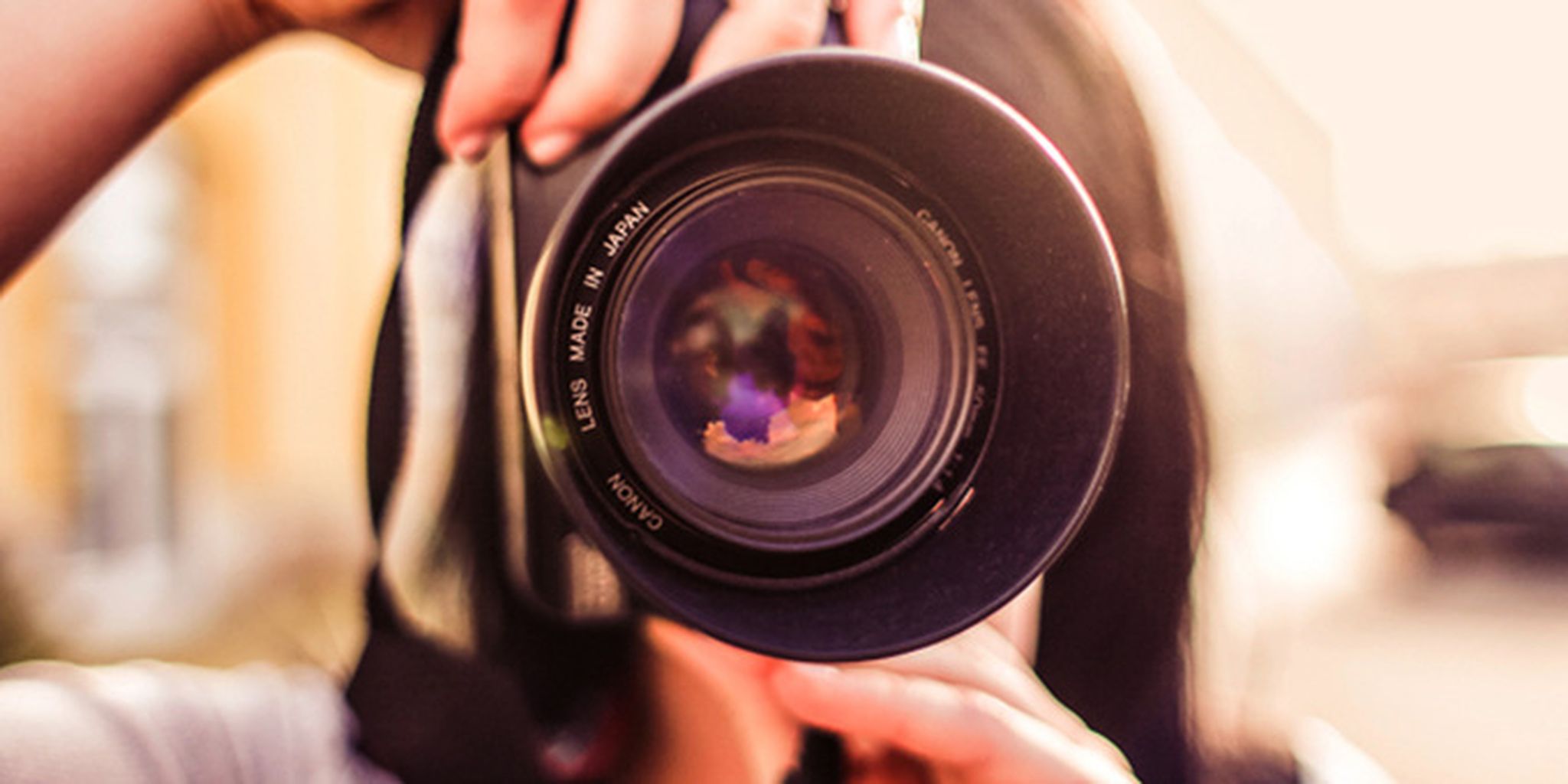
Photographing can be a healing experience, even a personal evolutionary experience for both the subject and the photographer. Is this a scandalous statement? At first glance, this is certainly true. Of course, I would have thought many years ago when I worked as a psychotherapist. In fact, when I started my career as a photographer, I thought I had left my mental health job in the dust. Imagine my surprise when my clients and my photographers were often emotionally moved, even during our photo shoots.
There are clear parallels between effective therapy and creative photography. Therapy can provide an experience through which new behaviors are “selected” or experienced. Creative photography can provide a similar experience. You can feel the new positive dynamic, as the photography objects suggested by the photographer interact in a new way during the photo shoot. This dynamic and behavior is presented in a safe or non-threatening environment. After all, this is a “fair” photo shoot. The emotional impact, however, can be profound. Later, the photographs serve as a powerful visual reminder or “anchor” for the experience.
Even an individual portrait session can be a catalyst for growth
An expert photographer can reveal hidden or hidden faces of an object. It can be as simple as if someone thought he was not attractive or took bad photos, being pleasantly surprised to see his images. A family photo session can include family members experiencing interpersonal conflicts. Traditional photography can inadvertently exacerbate this dynamic, as some people think that taking photos is stressful. Take photographs with the clear intention of creating an exceptionally good family experience, and not just good photos, use photographyas the “art of healing.”

I photographed several families where, if the photo shoot took a “natural” course, an individual or family subset would be marginalized. A photographer sensitive to family dynamics and the healing potential of photography can structure the session so that the family can experience new dynamics in the environment without threats. This is not an insightful therapy. A photographer would not comment on family dynamics. “Healing” or positive experiences will influence the family through the experience itself. A photographer who tries to improve a positive experience with his insightful comments will only gather resistance and undermine a positive experience. As any expert therapist (and photographer) knows, “what resists is preserved.” The wise therapist and the photographer accept any dynamic that represents the family or the system, and then take them gracefully to new experiences.
Creative photography not only documents our lives, it confirms it. It can be a heroic struggle against illness or a celebration of changes in life such as birth, graduation, marriage and, yes, even death. I photographed many families in which a person had an incurable disease, and I knew that this would be the last chance to include loved ones in a portrait session.
